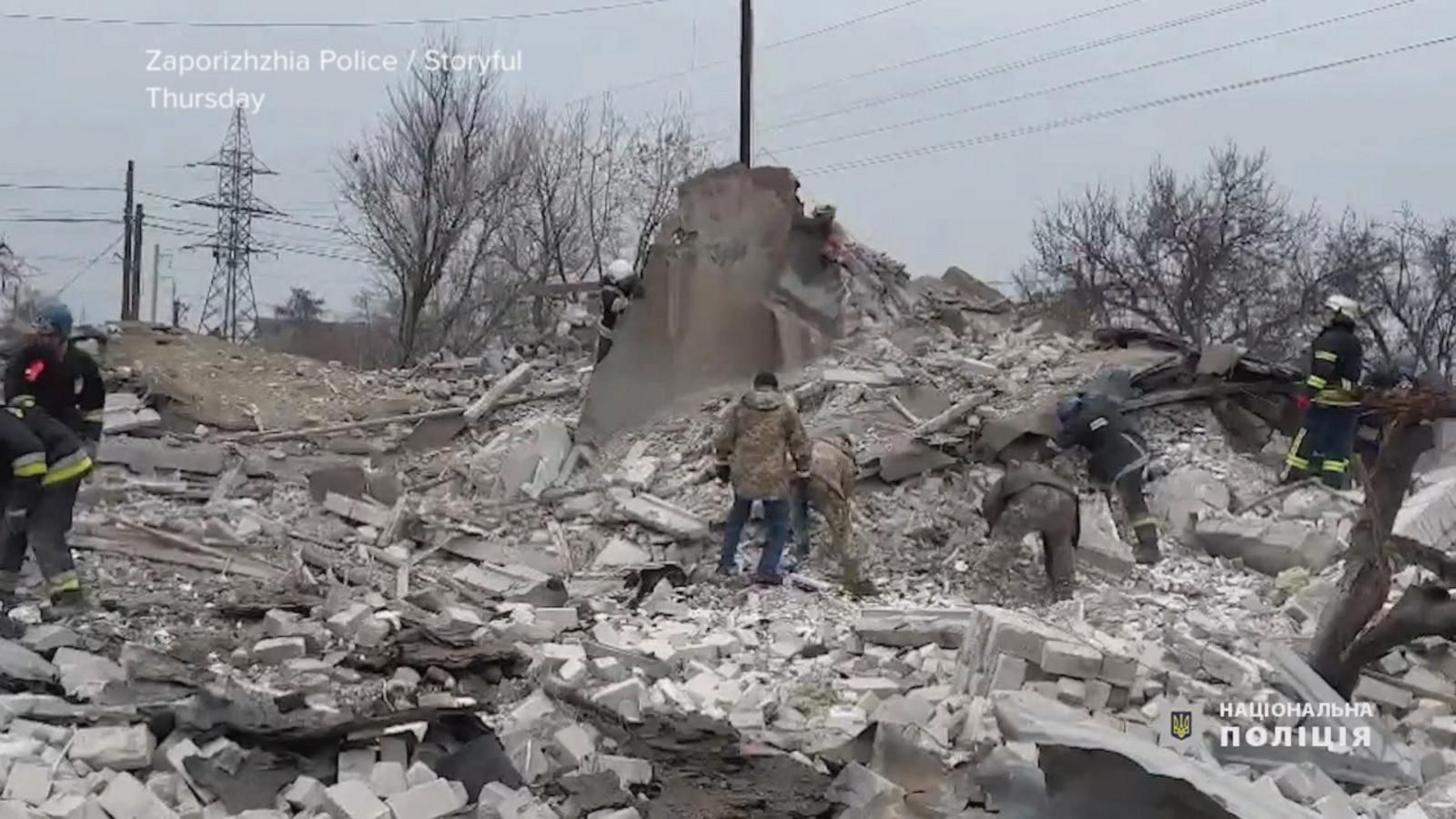
Evacuate Immediately: Battery Plant Inferno Prompts Urgent Shelter-in-Place Orders
Immediate Evacuation Ordered as Battery Plant Inferno Rages
A raging inferno at a battery plant in the industrial district has prompted authorities to issue urgent shelter-in-place orders for the surrounding area. Residents within a two-mile radius have been advised to seek immediate shelter and remain indoors due to hazardous fumes and potential explosions.
The fire broke out in the early hours of the morning, engulfing the warehouse where large quantities of lithium-ion batteries are stored. The extreme heat has caused batteries to explode, releasing toxic chemicals into the air.
First responders are working tirelessly to contain the blaze, but the intense heat and flammable materials have made their efforts challenging. Residents have been advised to close all windows and doors, turn off fans and air conditioners, and seek shelter in the lowest level of their home.
Health Hazards and Environmental Concerns
Lithium-ion batteries contain toxic chemicals, including lithium, cobalt, and nickel. When exposed to heat, these chemicals can release harmful fumes, such as hydrogen fluoride and sulfur dioxide. Inhalation of these fumes can cause respiratory irritation, nausea, and eye damage.
In addition, the fire is producing thick black smoke that contains fine particulate matter and volatile organic compounds (VOCs). These pollutants can irritate the lungs and contribute to respiratory problems, especially for those with pre-existing conditions.
Environmentalists are also concerned about the potential impact of the fire on the local ecosystem. The chemicals released into the air and water can be harmful to fish, wildlife, and vegetation.
Economic and Social Implications
The battery plant inferno has also had significant economic and social implications for the community. The plant is a major employer in the area, and the fire has caused extensive damage to the facility and its production capabilities.
The shelter-in-place orders have disrupted daily life for thousands of residents. Schools, businesses, and public transportation have been closed, and people are being advised to stay home from work. The prolonged evacuations are also putting a strain on local resources, such as shelters and food banks.
Multi-Agency Response and Coordination
The response to the battery plant fire has involved a coordinated effort by multiple agencies, including the fire department, police, emergency management, and public health.
The fire department is leading the efforts to contain the blaze and prevent its spread. Police have established a perimeter around the affected area and are enforcing the shelter-in-place orders.
Emergency management officials are working to coordinate evacuation and shelter efforts, and public health officials are monitoring air quality and providing health recommendations.
Experts Weigh In: Perspectives and Analysis
Experts in the field of battery safety and environmental science have weighed in on the battery plant inferno and its implications.
Dr. Sarah Jones, a battery safety expert at the University of California, Berkeley, emphasized the importance of proper storage and handling of lithium-ion batteries. She noted that these batteries can be unstable and prone to thermal runaway, a process that can lead to explosions and the release of toxic chemicals.
Dr. Emily Carter, an environmental scientist at Stanford University, expressed concern about the long-term environmental impact of the fire. She noted that the chemicals released into the environment can persist for years and could potentially harm ecosystems and human health.
Lessons Learned and Future Considerations
The battery plant inferno has highlighted a number of important lessons and areas for future consideration.
First, it has emphasized the need for stricter regulations and enforcement of battery storage and handling practices. Second, it has shown the importance of having comprehensive emergency response plans in place for such incidents.
Third, it has raised awareness of the potential health and environmental hazards associated with lithium-ion batteries.
As the use of these batteries continues to grow, it is critical that we take steps to mitigate risks and ensure the safety of our communities and the environment.
Conclusion: Balancing Progress and Safety
The battery plant inferno is a stark reminder of the potential dangers associated with lithium-ion batteries. While these batteries are essential for powering a growing range of devices, it is crucial that we prioritize safety and environmental protection as we embrace this technology.
By strengthening regulations, improving emergency response capabilities, and raising awareness of the risks, we can better manage the challenges posed by lithium-ion batteries and ensure that they continue to benefit our society without compromising public safety or environmental health.
